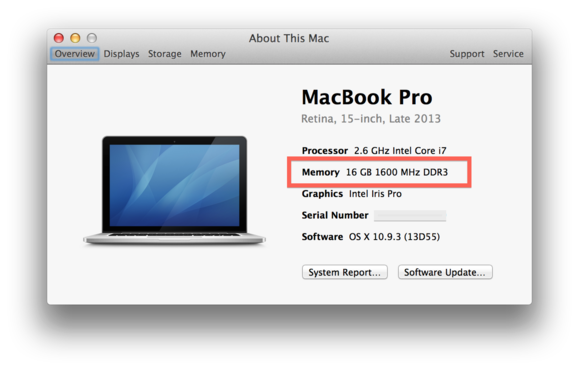- Bad Ram Slot Solution
- Bad Ram Slot Symptoms Without
- Bad Ram Slot Symptoms Causes

Bad Ram Slot Solution
A dirty transfer roller can emit an unpleasant smell when the printer is running. Stop your print job to prevent further odors. Open the printer and clean the roller and the areas around it. Jan 20, 2019 Symptoms of a RAM Problem When you first turn on your computer it runs fine, but as you go about your business you notice that its performance diminishes. By lunch time, websites take minutes to load and local programs run at a snail's pace. If you know 1 slot is good, post that slot with another slot (both with ram in it) and see if your motherboard posts both sticks or just one stick. If one stick doesn't post, try that stick in another slot. If it still doesn't post, that stick is dead. If it does post, your slot is busted.
Bad Ram Slot Symptoms Without


Computer Hardware > Internal Devices > Common Symptoms and Diagnosing Bad Computer Memory (RAM)Common warning signs to pay attention to:
- Bluescreens (bluescreen of death)
- Random crashes or reboots
- Crashing during heavy memory use tasks, such as gaming, Photoshop etc.
- Distorted graphics on your computer screen
- Failure to boot (or turn on), and/or repeated long beeps
- Memory errors appear on screen
- Computer appears to boot, but screen remains blank
Windows Vista, Windows 7 and later have a Windows Memory Diagnostics tool that can be easily accessed by clicking on Start, Control Panel, Administrative Tools, then MemoryDiagnostic Tool. (Running this diagnostic tool will give you two options, either restart immediate - or to test memory the next time the computer restarts. Choosing either of these options will run the computer through a memory test the next time it starts up.)
Another way to test your memory is by replacement with a known-good memory stick. If you do not have known-good memory available to you to test with, contact your computer manufacturer (Dell, Toshiba, Sony etc.) for assistance.
Solutions:
- Perform a virus scan. Viruses can cause symptoms that mimic those of faulty memory.
- Verify that your memory modules are fully seated. Check your documentation for your computer system, or contact your computer manufacturer if you are unsure how to do this.
- Try swapping memory module slots - or - try booting with only one memory module if you have two modules installed.
- Check for BIOS Updates (usually applies to older computers).
Hardware Diagnostics
Most computer manufacturers include a pre-installed hardware diagnostic utility, or other hardware assessment tool, which you can use to diagnose hardware problems.
All Dell computers, for example, ship with a utility partition on the hard drive - Dell 32-bit Diagnostics. To run the Dell diagnostics:
- Restart the computer. As the computer boots, press F12 on the keyboard when the Dell logo screen appears.
- When the Boot menu appears, highlight the Boot to Utility Partition option, or Diagnostics option, and press Enter.
- Press the Tab key to highlight Test System, press Enter.
- Express Test will run a quick test, which can take 10-20 minutes.
- Extended Test will perform a thorough check of the system, and can take an hour or more to complete.
- Custom Test can be used to test a specific device.
- Symptom Tree lists most common symptoms and allows you to select tests based on those symptoms.
If the diagnostics produce an error, or errors, contact Dell: 1-877-293-1197.
|
|
|
|
I have seen this happen this happen to several machines lately. Look for these sympthoms as they are an indication of a failing RAM chip, or a bad DIMM socket on the mobo.
Bad Ram Slot Symptoms Causes
- The system freezes up at random times during bootup:
- during POST
- at the Windows logo
- just before login screen
- right after login
- System turns on, and stays on but never even reaches post
Note that read/write memory errors are not on the list here. Those are dead giveaways, and curiously they were not occurring in most of the cases I worked with. If you experience intermittent, but consistent sympthoms like the ones listed above, start pulling out DIMM’s out of your system. Chances are that one of them might be going bad, or that the DIMM socket itself is on the fry.
Once you identify the “bad” DIMM, take all the memory of the system and put a chip that you know to be good into the slot where the bad one was before, set the strictest POST in your BIOS and try to boot it few times. You don’t have to go all the way into windows. You just want to see if it passes through the memory test at the POST. If the sympthoms go away, you are in the clear – it was just a bad DIMM. Get a new one and go on with your life. If they continue, or if you can’t even boot, then you may need to get a new mobo.
[tags]dimm, ram, memory, bad memory, bad dimm, dimm socket, freezing at post, freezing at windows logo, freezing at login, blank screen on boot up[/tags]
Related Posts

